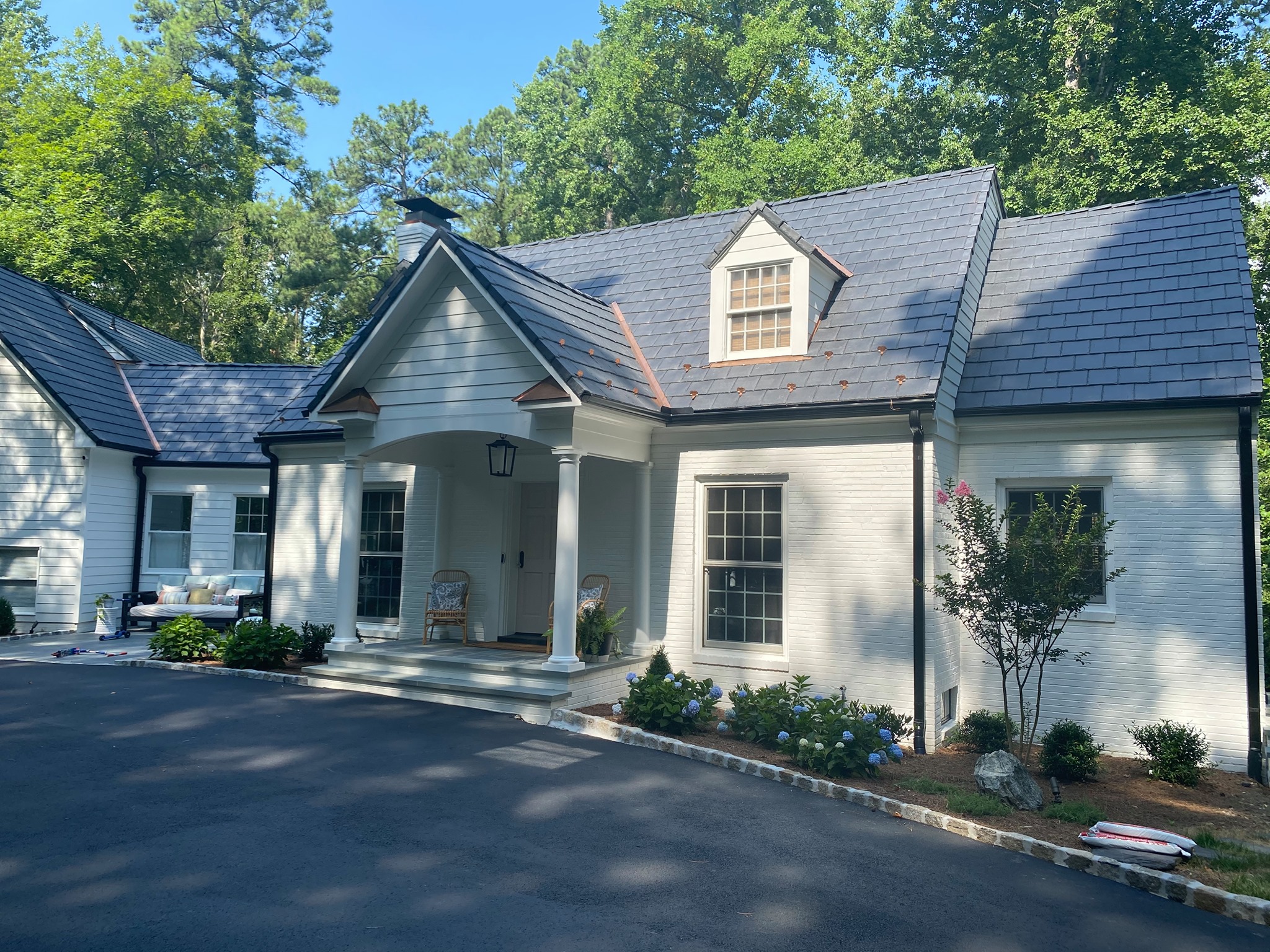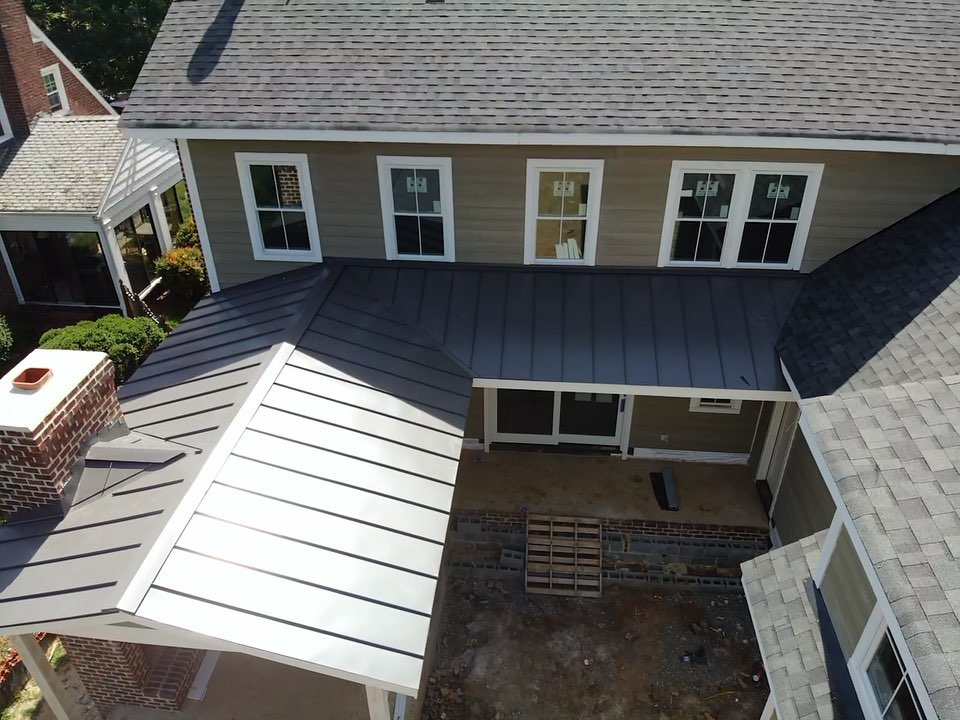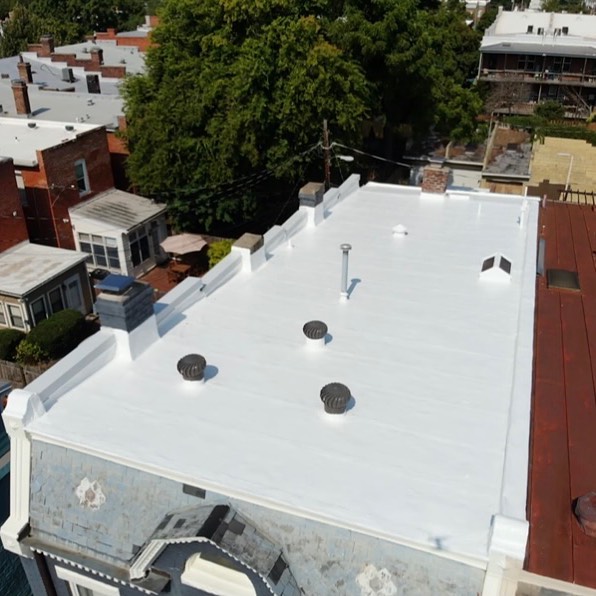A Beginner’s Guide to Understanding Roofing Terms
Embarking on a roofing project can be an overwhelming experience, especially if you’re unfamiliar with the terminology used in the roofing industry. At Hammersmith Roofing & Construction Co., we understand the importance of clear communication. In this beginner’s guide, we’ll unravel the common roofing terms, shed light on various roofing materials, and provide valuable insights to help you navigate your roofing project with confidence.

Common Roofing Terms: A Glossary
- Decking: The base layer of a roof, typically made of plywood or OSB, which provides a solid foundation for roofing materials.
- Flashing: Metal strips used to prevent water from seeping into vulnerable areas of the roof, such as around chimneys, vents, and skylights.
- Underlayment: A protective layer installed beneath the roofing material to provide an extra barrier against moisture and ensure proper insulation.
- Eaves: The lower edge of the roof that overhangs the wall, directing water away from the structure.
- Ridge: The highest point on the roof, where two sloping sides meet.
- Valley: The V-shaped area where two sloping roofs meet, often prone to water runoff.
- Fascia: The horizontal board running along the edge of the roof, securing the gutters and providing a finished look.
- Soffit: The underside of the eaves, which encloses the roof’s overhang.
- Pitch: The slope or angle of the roof, indicating how steep it is.
- Ventilation: Systems that allow air to flow through the attic, regulating temperature and moisture levels.

Roofing Materials: A Closer Look
- Asphalt Shingles: The most common roofing material, known for its affordability, durability, and ease of installation.
- Metal Roofing: Highly durable and long-lasting, metal roofs come in various styles and can withstand harsh weather conditions.
- Wood Shingles/Shakes: Known for their natural aesthetic, these roofing materials offer a unique, rustic charm.
- Slate: A high-end roofing material prized for its elegance, longevity, and resistance to fire and pests.
- Tile: Available in clay or concrete, tile roofing provides a distinctive look and excellent durability.
- Flat Roofing: Commonly used in commercial buildings, flat roofs require specialized materials like EPDM or TPO.
- Synthetic Roofing Materials: Options like synthetic slate or cedar offer the look of natural materials with added durability.

Navigating Your Roofing Project
- Assessment and Planning: Begin by assessing the condition of your current roof. Consider factors like age, damage, and the local climate.
- Choosing the Right Material: Select a roofing material that complements your property’s style, budget, and longevity requirements.
- Finding the Right Contractor: Look for experienced roofing contractors, like those at Hammersmith Roofing & Construction Co., with a proven track record of quality workmanship.
- Budgeting and Financing: Determine your budget early on and explore financing options if needed.
- Permits and Regulations: Ensure compliance with local building codes and obtain any necessary permits for your roofing project.
- Maintenance and Inspection: Regular maintenance and inspections can extend the lifespan of your roof and help identify issues early.

Navigating a roofing project becomes much simpler when you’re armed with a basic understanding of roofing terminology and materials. At Hammersmith Roofing & Construction Co., we’re dedicated to making your roofing experience as seamless as possible. Whether it’s roof repair, replacement, or installation for residential or commercial properties, our team has the expertise to handle it all. Contact us today for a comprehensive roofing solution tailored to your needs.





